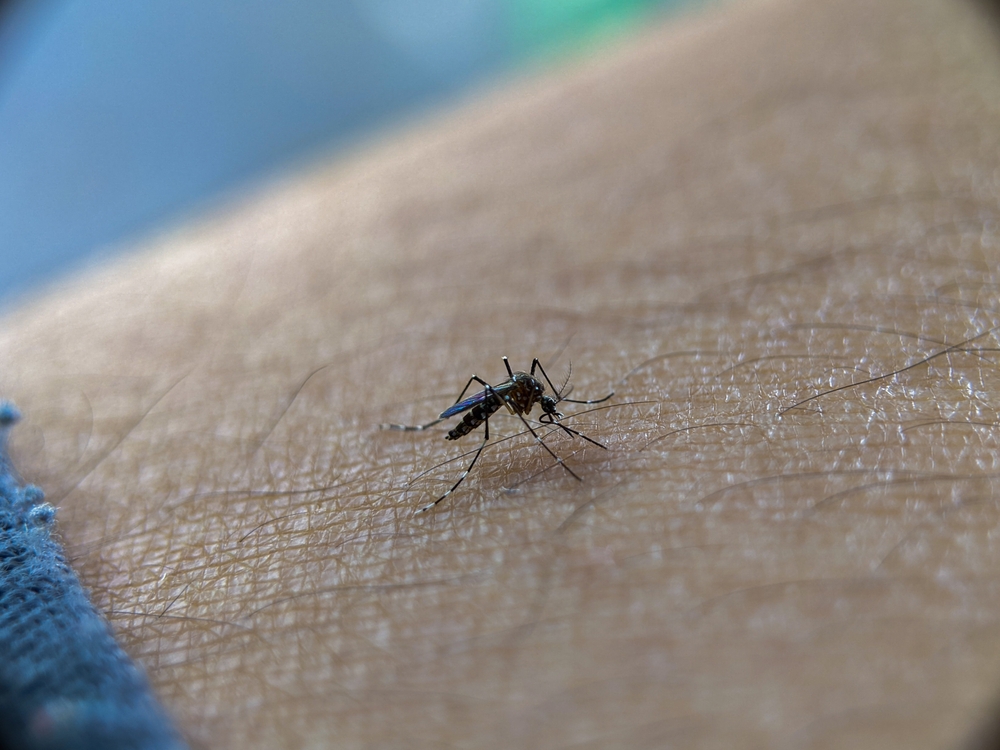The center produces and sterilizes around 45,000 male tiger mosquitoes each week.
Others are reading now
A groundbreaking effort is underway to tackle the rising threat of tiger mosquitoes, a species increasingly linked to diseases like dengue fever due to climate change.
Reduce Overall Mosquito Population
The Pest Biological Control Center in Valencia, supported by regional government funding, has developed a unique approach to curb the spread of these invasive insects, according to Ziare.
Each week, the center produces and sterilizes around 45,000 male tiger mosquitoes using an electron accelerator. These sterilized males are then released into the wild to mate with female mosquitoes, whose bites can transmit diseases to humans. The goal is to reduce the overall mosquito population through this controlled mating process.
Vicente Dalmau from Valencia’s Department of Health, Agriculture, and Fisheries explains that the tiger mosquito (Aedes albopictus) has become more prevalent as the climate has warmed, creating favorable conditions for its year-round development. The lab’s use of sterilization techniques, previously applied to fruit flies, represents a pioneering effort in Europe to manage these mosquitoes effectively.
Also read
Global Dengue Cases Surged
The European Center for Disease Prevention and Control reports a rise in dengue cases imported from endemic regions and an increase in local outbreaks of dengue and West Nile virus across Europe. The World Health Organization has noted that global dengue cases surged to 4.2 million in 2022, driven in part by the faster reproduction rates of mosquitoes in warmer climates.
As tiger mosquitoes expand their range, reaching as far as Mallorca and Menorca, local governments are taking preventive measures. In Menorca, Ciutadella officials have alerted residents about the presence of tiger mosquitoes and advised on prevention strategies. These include regular cleaning of containers that hold water, chlorinating non-drainable sources like wells, and using larvicides.








